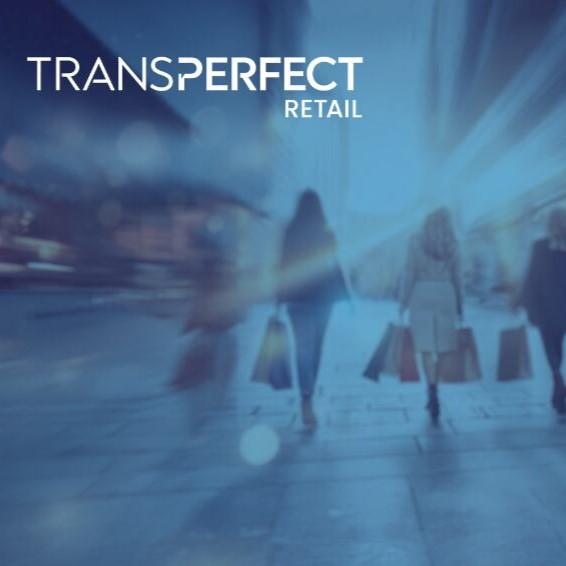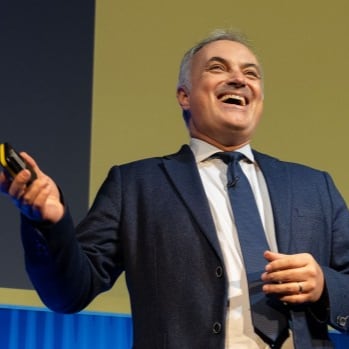Customer Contact Week: Trends in Customer Experience


It’s not unknown that the brands with the best customer experiences prevail in terms of loyalty and profit. Customer Contact Week is a summit for customer experience leaders to discuss and investigate emerging trends in consumer engagement. At CCW New Orleans this January, technology disruptors dominated the conversations and focus groups. As a regular exhibitor at CCW Las Vegas each summer, we expect these technologies to be a continued focus as they mature and are successfully implemented within leading organizations.
Omnichannel Communication
While the idea of an omnichannel experience is not new, it provides a big challenge. It’s a challenge, for example, because the social media marketing team doesn’t always communicate with the call center. How often does a social response team message an unhappy customer with a link directly to the appropriate chat queue? In this way, it can be difficult to maintain meaningful and consistent engagement across the customer journey. Organizations must break down the silos between teams to keep up with the customer’s conversation.
The industry is also experiencing a shift to bi-directional conversation. The biggest influence on consumer purchases is word of mouth. In a digital age, this occurs on social platforms and within communities, and brands need to be engaged in these conversations and listening to what customers are asking for.
40% of customers visit YouTube to see a product first. These consumers are listening to others’ opinions and engaging in communities in an attempt to find the best products. Conversations are happening, so it’s important that your brand is listening, engaging, and responding.
NLP
The top priority for contact centers in 2018 is reducing customer effort. Terry Jones, the keynote speaker at CCW New Orleans, provided Uber as an example. The product is virtually the exact same as a traditional limousine service—Uber is simply easier. So how are organizations like Uber making a customer’s lives easier? One answer is NLP, or natural-language processing.
If you’ve used an Amazon Echo or Siri, you have interacted with NLP. It is the technology that recognizes human speech and creates actions or insights. In the customer interaction space, deploying NLP can help reduce the effort it takes to get the right agent to solve a problem. Further, it can measure the customer’s sentiment, allowing agents to respond better to satisfaction or dissatisfaction throughout the process. NLP also helps enforce compliance in highly regulated environments, so QA teams to be notified when an agent goes off-script.
Top-down approach
Another emerging need is the evolution of the “Chief Customer Experience Officer.” Organizations are breaking down the walls between departments to facilitate customer interactions with a single voice. These leaders often originate from contact centers, but many also emerge from marketing fields. Either way, these positions can foster an executive-level vision for how the brand manages the customer journey—and a top-down approach with executive buy-in is vital. Many of the projects and transformations in regards to the consumer experience are large, multifaceted programs spanning several departments. Overall, it is an exciting time to be a consumer. Companies are working harder and investing more to make our lives simpler and more efficient.
If your organization is looking for support with managing ominchannel communications through social media monitoring, community management, call center support, chat, or media localization in over 170 languages, please reach out.



